Featured
Products
-

100% Original Crystal Heart - Natural Cordierite Loose Gems Round Cut 1.0mm – Datianshanbian
Product Detail: Cordierite is a silicate mineral, usually light blue or light purple, glassy luster, transparent to translucent. Cordierite also has the characteristic of being remarkably polychromatic (tricolor), emitting light of different colors in different directions. Cordierite is usually cut into traditional shapes, and the most popular color is blue-purple. Cordierite is similar in color to sapphire, so it is also called water sapphire. Nicknamed the poor man’s sapphire because ... -
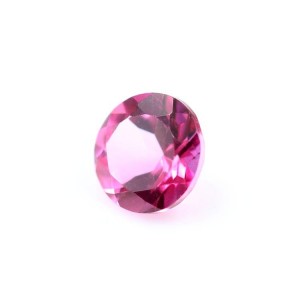
China wholesale Cheap Price Natural Gems Loose Gemstone - Natural Topaz Round Bare Stone Necklace Set With Stone – Datianshanbian
Product Detail: Topaz is pure transparent but often opaque due to impurities in it. Topaz is typically wine-colored or pale yellow. But it could be white, gray, blue, green. Colorless topaz, when well cut, can be mistaken for a diamond. Coloured topaz may be less stable or discoloured by sunlight. Among them, the best deep yellow is the most valuable, the yellower the better. Followed by blue, green and red. Both natural and modified topaz stones are evaluated by color, clarity and weight. Da... -
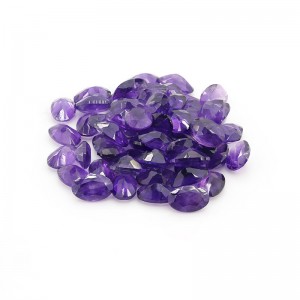
Factory Cheap Hot Amethyst Rock - Amethyst is the birthstone of February and symbolizes loyalty – Datianshanbian
Product Detail: Amethyst is a tripartite crystal system, the crystal is hexagonal columnar, the cylindrical surface is transverse, there are left shape and right shape, twin-crystal is very common. The hardness is 7. The crystal often contains irregular or winged gas-liquid inclusions. It is one of the most expensive members of the crystal family, because the water crystal contains Mn, Fe3+ and appears purple. Transparent, with obvious polychromatism observed under dichromatic mirror. The ame... -

Top Suppliers January Birthstone Jewelry - Natural Topaz Round Bare Stone Necklace Set With Stone – Datianshanbian
Product Detail: Topaz is pure transparent but often opaque due to impurities in it. Topaz is typically wine-colored or pale yellow. But it could be white, gray, blue, green. Colorless topaz, when well cut, can be mistaken for a diamond. Coloured topaz may be less stable or discoloured by sunlight. Among them, the best deep yellow is the most valuable, the yellower the better. Followed by blue, green and red. Both natural and modified topaz stones are evaluated by color, clarity and weight. Da... -
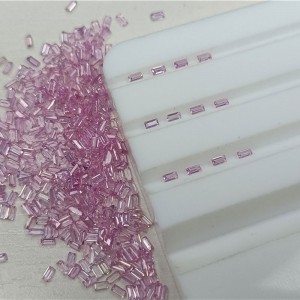
Hot New Products Natural Pear Shape High Quality Natural Gem Stone Pink Sapphire - Natrual Pink Sapphire Loose Gems Baguette 1x2mm – Datianshanbian
Product Detail: Pink Sapphire reddish sapphire: earlier, the international gem community believed that only corundum with medium depth to dark red or purplish red can be called ruby. Those that turn red light to very light are called pink sapphires. However, at the third session of the International Association of colored gemstones held in Sri Lanka in May 1989, it was decided to abolish the name and include such gemstones into the scope of Ruby (but some people still disagree with this resol... -
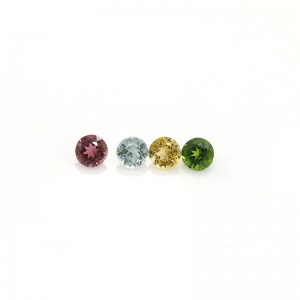
Best quality Loose Tourmaline Gemstones - Natural Color Tourmaline Loose Gems Round Cut 0.9mm – Datianshanbian
Short Description: Tourmaline has complex composition and color. The international jewelry industry is basically divided into commercial varieties according to the color of tourmaline, and the more colorful the color, the higher the value. Indicolite: General name for a light blue to dark blue tourmaline. Blue tourmaline has become the most valuable tourmaline color due to its rarity. Blue tourmalines are found in yellow clay of weathered granite in Siberia, Russia, and also in Brazil, Madaga... -

Factory Supply Ceylon Zircon - Amethyst is the birthstone of February and symbolizes loyalty – Datianshanbian
Product Detail: Amethyst is a tripartite crystal system, the crystal is hexagonal columnar, the cylindrical surface is transverse, there are left shape and right shape, twin-crystal is very common. The hardness is 7. The crystal often contains irregular or winged gas-liquid inclusions. It is one of the most expensive members of the crystal family, because the water crystal contains Mn, Fe3+ and appears purple. Transparent, with obvious polychromatism observed under dichromatic mirror. The ame... -
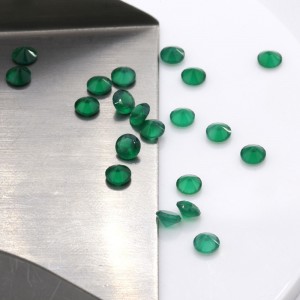
China wholesale Green Agate Stone - 1.0mm Natural Green Agate Loose Gems – Datianshanbian
Product Detail: Agate is a kind of chalcedony mineral, often mixed with opal and cryptocrystalline quartz banded block, hardness 6.5-7 degrees, specific gravity 2.65, color is quite hierarchical. Having translucency or opacity. Protoform tripartite system. Often dense massive and formed a variety of structures, such as breast, grape, tuberculous and so on, the common concentric circle structure. Chalcedony with different colors, usually green, red, yellow, brown, white and so on. According to... -
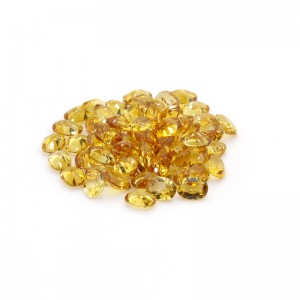
Hot sale Large Citrine - Citrine Oval Hanging Ornaments Inlaid Bare Stone Wholesale – Datianshanbian
Product Detail: Citrine varies in color from yellow to light brown and is easily confused with citrine. The yellow color in citrine is due to the presence of iron oxide in water. Natural citrine is scarce and produced in few places, with only Brazil and Madagascar producing high-quality Citrine in limited quantities. Amethyst and nicotinite are often heated to make them change color and look like citrine, or even fake citrine. Citrine has complete joints, citrine has no joints, and the lowest... -
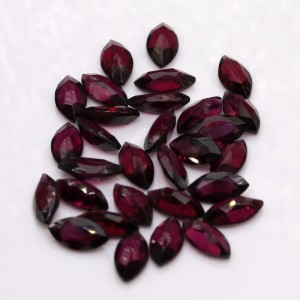
Chinese wholesale Purple Garnet - Natrual Gems Purple Garnet Marquise 2x4mm – Datianshanbian
Product Detail: The difference between Garnet and similar gem and synthetic garnet. Gemstones similar in colour to various garnets, including rubies, sapphires, artificial corundum, topaz, emeralds, Jadeite, etc. , are heterogeneous and can be distinguished by polarisation. It can be distinguished in density, inclusion, refractive index, dispersion and fluorescence. The difference between Garnet and Synthetic Green Garnet is mainly due to the internal inclusions and density. The synthesized G... -

Good Quality Green Agate - 1.0mm Natural Green Agate Loose Gems – Datianshanbian
Product Detail: Agate is a kind of chalcedony mineral, often mixed with opal and cryptocrystalline quartz banded block, hardness 6.5-7 degrees, specific gravity 2.65, color is quite hierarchical. Having translucency or opacity. Protoform tripartite system. Often dense massive and formed a variety of structures, such as breast, grape, tuberculous and so on, the common concentric circle structure. Chalcedony with different colors, usually green, red, yellow, brown, white and so on. According to... -

Reasonable price Honey Zircon - Amethyst is the birthstone of February and symbolizes loyalty – Datianshanbian
Product Detail: Amethyst is a tripartite crystal system, the crystal is hexagonal columnar, the cylindrical surface is transverse, there are left shape and right shape, twin-crystal is very common. The hardness is 7. The crystal often contains irregular or winged gas-liquid inclusions. It is one of the most expensive members of the crystal family, because the water crystal contains Mn, Fe3+ and appears purple. Transparent, with obvious polychromatism observed under dichromatic mirror. The ame...








